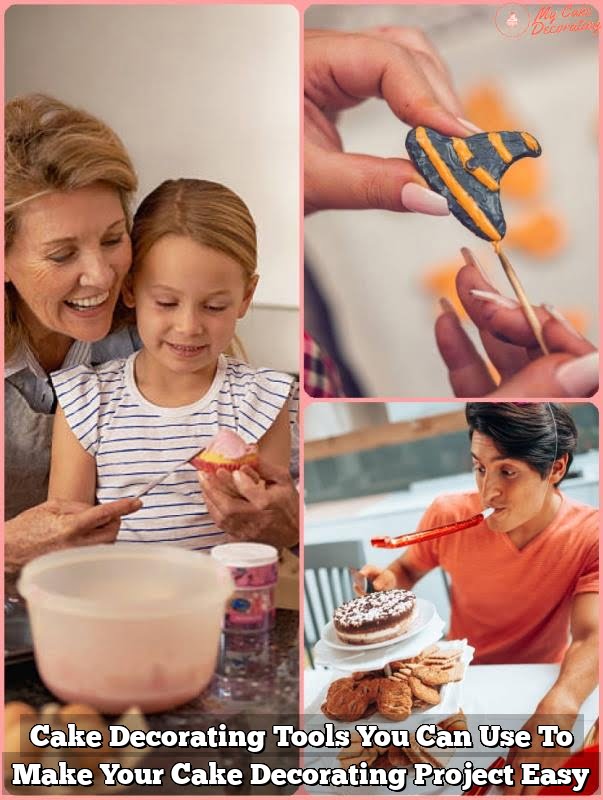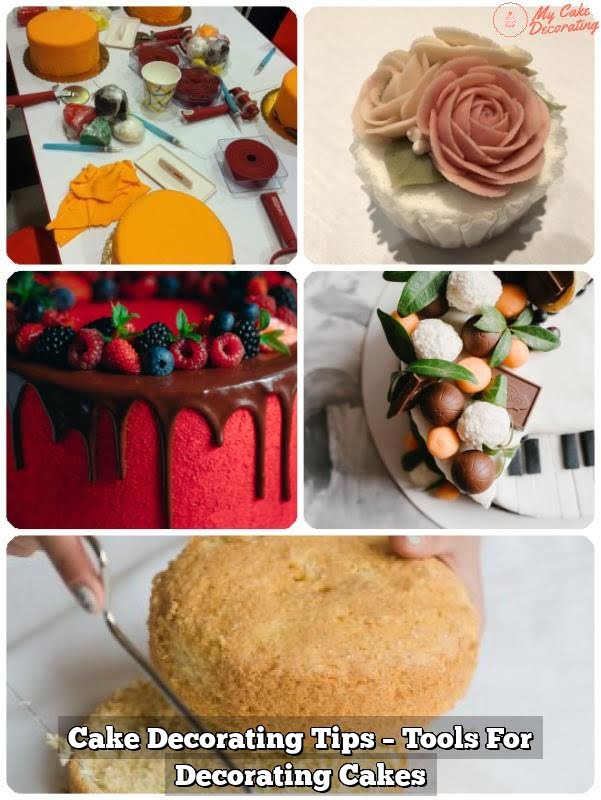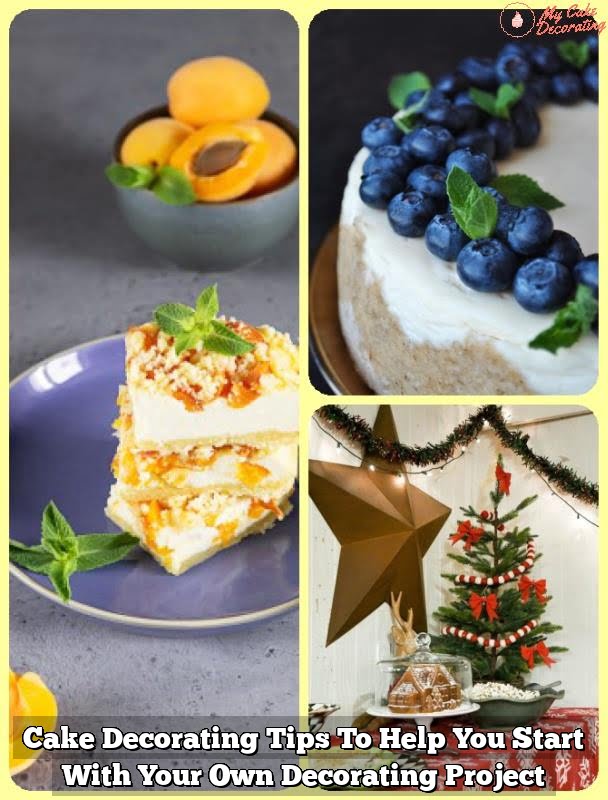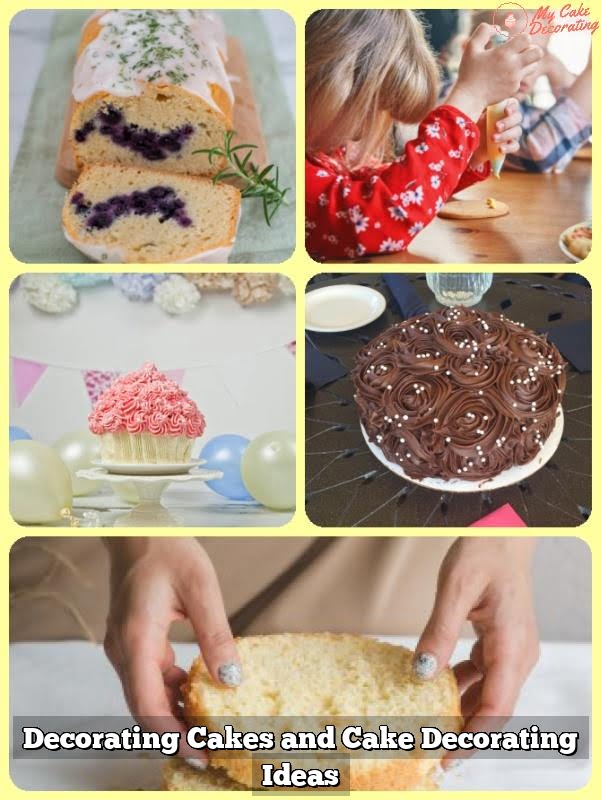What is a closed tulip in cake decorating? This beautiful technique involves creating intricate flower designs on cakes that resemble closed tulip blossoms. It is a popular choice for adding a touch of elegance and sophistication to any cake design, making it a favorite among bakers and cake decorators alike.
The closed tulip technique in cake decorating has a rich history dating back to traditional cake decorating practices. Originally inspired by the delicate beauty of real tulip flowers, this technique has evolved over the years to become a staple in the world of cake design. With its skillful combination of piping techniques and artistic flair, closed tulip designs can transform any ordinary cake into a stunning masterpiece.
To create closed tulip designs on cakes, decorators will need specific tools and materials such as piping bags, tips, and various colors of icing or fondant. These essential supplies are crucial for achieving the intricate details and fine lines required for perfecting the closed tulip technique. By following a step-by-step guide and incorporating tips and tricks from experienced decorators, anyone can learn how to master the art of creating closed tulip designs on cakes.
History of the Closed Tulip Technique in Cake Decorating
The history of the closed tulip technique in cake decorating dates back to the early days of cake design, where bakers and decorators sought new ways to create intricate and beautiful patterns on their baked masterpieces. The closed tulip design, with its elegant and graceful petals that resemble a closed tulip flower, quickly became a favorite among cake artists for its versatility and timeless appeal.
To achieve the closed tulip design on cakes, decorators often use specialized tools and materials that help them create the unique shape and texture of the petals. Some essential tools for creating closed tulip designs include piping bags, petal tips, flower nails, floral wires, and fondant or gum paste for added detail and dimension. These tools allow decorators to sculpt delicate petals and intricate details that bring the closed tulip design to life on cakes.
Creating closed tulip designs on cakes may seem daunting at first, but with a step-by-step guide, even beginners can master this technique. Here is a simple guide to creating closed tulip designs on cakes:
- Prepare your piping bag with a petal tip filled with your desired frosting or icing.
- Hold the piping bag at a 45-degree angle to the surface of the cake.
- Start piping small petals in a circular motion, slightly overlapping each other to create layers.
- Continue building up the layers of petals until you achieve the desired fullness and shape of the closed tulip design.
- Add any additional details or decorations using fondant or gum paste to enhance the overall look of the design.
By following these steps and practicing patience and precision, decorators can perfect their closed tulip technique in cake decorating and create stunning floral-inspired designs that will impress any audience.
Tools and Materials Needed for Creating Closed Tulip Designs
Creating closed tulip designs in cake decorating requires specific tools and materials to achieve the desired result. Whether you are a beginner or an experienced baker, having the right supplies is essential to mastering this technique. Here is a list of tools and materials needed for creating beautiful closed tulip designs on cakes:
- Piping Bag: A piping bag is essential for creating the intricate petal shapes of the closed tulip design. Make sure to use a sturdy piping bag that can withstand the pressure of squeezing out buttercream or royal icing.
- Piping Tips: Selecting the right piping tip is crucial for achieving the perfect closed tulip design. Large round tips or petal tips are commonly used for creating the petals of a closed tulip.
- Buttercream or Royal Icing: The type of icing you use will depend on your preference and the specific design you want to achieve. Buttercream is ideal for a softer, more textured look, while royal icing provides a smooth finish.
- Gel Food Coloring: To add color to your closed tulip designs, gel food coloring is recommended as it produces vibrant hues without altering the consistency of the icing.
- Turntable: A turntable makes it easier to decorate cakes from all angles, allowing for smoother and more precise piping when creating closed tulip designs.
When gathering your tools and materials for creating closed tulip designs, ensure that you have everything prepared and organized before starting. This will help streamline the decorating process and ensure that you have everything you need to bring your cake design to life.
In addition to these basic tools and materials, feel free to experiment with different techniques and decorations to personalize your closed tulip designs. Don’t be afraid to mix colors or incorporate other piping techniques to create unique variations of closed tulips on your cakes. With practice and creativity, you can master the art of closed tulip designs in cake decorating and impress your friends and family with stunning creations.
Step-by-Step Guide on How to Create Closed Tulip Designs on Cakes
Gather the Necessary Tools and Materials
Before you begin creating closed tulip designs on cakes, it is important to gather all the necessary tools and materials. You will need piping bags, petal tips (such as Wilton tip #104), couplers, flower nail, a turntable, buttercream frosting in desired colors, and a cake already prepared with a crumb coat. Make sure to have all your tools clean and ready for use before starting the decorating process.
Creating the Base of the Tulip
Start by attaching the petal tip to a piping bag filled with buttercream frosting. Hold the bag at a 45-degree angle to the surface of the cake and squeeze gently to create a small blob of frosting to anchor your tulip petals. Next, start piping small downward strokes around the anchor point, slightly overlapping each stroke. As you pipe more strokes, gradually increase the length and width of each petal to give your tulip shape depth and dimension.
Forming the Closed Tulip Shape
Once you have created several layers of petals around your anchor point, start curving them inward towards each other at the top to form a closed bud shape. Continue piping more layers of petals in this manner until you have achieved the desired fullness for your closed tulip design. Remember to adjust the pressure on your piping bag as needed to control the thickness of each petal and create a smooth, cohesive look for your closed tulip cake decoration.
Tips and Tricks for Perfecting Closed Tulip Technique in Cake Decorating
Choosing the Right Consistency
One of the key factors in perfecting the closed tulip technique in cake decorating is ensuring that you have the right consistency of your frosting or buttercream. The ideal texture should be smooth and slightly stiff, allowing you to pipe clean petals without them drooping or losing their shape. To achieve this, you can adjust the amount of powdered sugar or liquid in your recipe until you reach the desired consistency.
Piping Techniques
When creating closed tulip designs on cakes, mastering different piping techniques is essential for achieving a realistic and elegant look. Practice piping smooth, even pressure to create symmetrical petals, and experiment with varying angles and pressure to add depth and dimension to your designs. Using different piping tips such as petal tips or leaf tips can also help you achieve different textures and effects.
Color Blending
To add visual interest and depth to your closed tulip designs, consider experimenting with color blending techniques. You can achieve beautiful ombre effects by mixing different shades of frosting together or gently brushing edible food color onto your piping bag before filling it with frosting. Play around with various colors and combinations to create unique and eye-catching closed tulip designs on your cakes.
Variations of Closed Tulip Designs for Different Cake Styles
The closed tulip technique in cake decorating offers a versatile way to add elegance and sophistication to various cake styles. Whether you are working on a wedding cake, birthday cake, or special occasion cake, incorporating closed tulip designs can truly elevate the overall look of your creation. By mastering this technique, you can create stunning cakes that will impress your clients and guests alike.
One popular variation of the closed tulip design is to combine it with other floral elements. For example, you can create a cascading effect by layering closed tulips with other flowers like roses, peonies, or lilies. This adds depth and dimension to the overall look of the cake, creating a visually captivating centerpiece for any celebration. Experimenting with different flower combinations can help you personalize your designs and showcase your creativity.
Another way to incorporate closed tulip designs into different cake styles is by varying the color palette. By using a mix of pastel shades for a soft and romantic look or bold colors for a more vibrant and modern feel, you can tailor the closed tulip design to suit the theme and mood of the occasion.
Playing with color gradients, ombre effects, or even metallic accents can further enhance the beauty of your closed tulip cakes. Don’t be afraid to experiment with different color schemes to find what works best for each unique project.
From classic and elegant weddings to whimsical birthday celebrations, closed tulip designs can be adapted to suit a wide range of cake styles. By exploring different variations and incorporating your own creative touches, you can create show-stopping cakes that are sure to leave a lasting impression. So go ahead and experiment with closed tulip designs in your next cake decorating project – you’ll be amazed at the stunning results you can achieve.
Inspiration and Examples of Stunning Closed Tulip Cakes
Closed tulip designs in cake decorating can truly elevate the look of any cake, adding a touch of elegance and sophistication. The closed tulip technique involves piping buttercream or royal icing in a way that resembles the petals of a tulip flower when viewed from above. This intricate design requires precision and skill, but the end result is absolutely worth it.
One of the key factors that make closed tulip cakes so stunning is the variety of colors that can be used. By layering different shades of buttercream or royal icing, you can create a beautiful ombre effect on your closed tulips, making them look even more realistic and eye-catching. Additionally, adding edible shimmer dust or luster dust to your closed tulips can give them a subtle sparkle that will captivate anyone who sees them.
Another way to create visually striking closed tulip cakes is by incorporating other elements into the design. For example, you can add edible sugar pearls or small fondant flowers in between the closed tulips to create a unique and intricate pattern. You can also experiment with different piping tips to achieve varying textures and shapes in your closed tulips, resulting in a truly one-of-a-kind cake decoration.
Conclusion
In conclusion, the closed tulip technique in cake decorating is a beautiful and versatile way to add intricate and elegant designs to your cakes. This technique, which involves piping multiple layers of petals that come together at the center like a closed tulip flower, can elevate the look of any cake and impress your guests.
By following the step-by-step guide provided and utilizing the right tools and materials, anyone can master this technique and create stunning closed tulip designs on their own cakes.
The history of the closed tulip technique dates back to traditional cake decorating methods, where skilled bakers would use piping bags and various tips to create elaborate designs on their cakes. Today, with modern tools and techniques, creating closed tulip designs has become more accessible and achievable for home bakers and professional decorators alike. With practice and patience, you can perfect this technique and use it to enhance the beauty of your baked creations.
Whether you’re celebrating a birthday, wedding, or any special occasion, incorporating closed tulip designs into your cake decorating repertoire can take your creations to the next level. Experimenting with variations of closed tulip designs, such as different petal shapes or color combinations, can help you develop your style and stand out as a creative baker.
So don’t be afraid to try new techniques and push your boundaries in cake decorating – give closed tulip designs a try in your next project and impress everyone with your skills.
Frequently Asked Questions
Can Tulips Be Used on a Cake?
Tulips can be used on a cake as decorations or as part of the design. It is important to ensure that the tulips are food-safe and do not contain any harmful chemicals before using them on a cake.
How to Make Tulip Flower for Cake?
To make tulip flowers for a cake, you can use gum paste or fondant to create the petals and shape them into a tulip flower. You can then add details like stamens and leaves to make it look more realistic. There are various tutorials available online to guide you through the process.
How Do Tulips Open and Close?
Tulips open and close in response to light and temperature. During the day, they open up in sunlight to attract pollinators like bees. At night, they close up or when temperatures drop significantly as a way to conserve energy and protect their reproductive organs. This natural behavior helps tulips survive and thrive in different conditions.

Welcome to my blog about home and family. This blog is a place where I will share my thoughts, ideas, and experiences related to these important topics. I am a stay-at-home mom with two young children. I hope you enjoy reading it! and may find some helpful tips and ideas that will make your home and family life even better!





